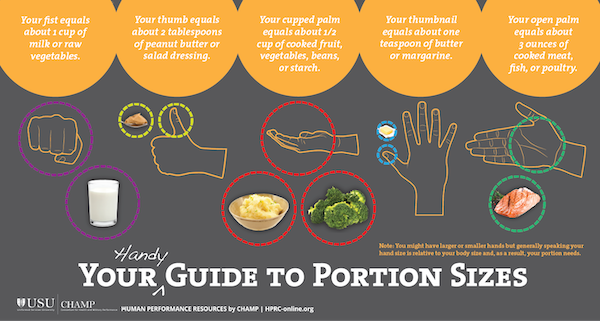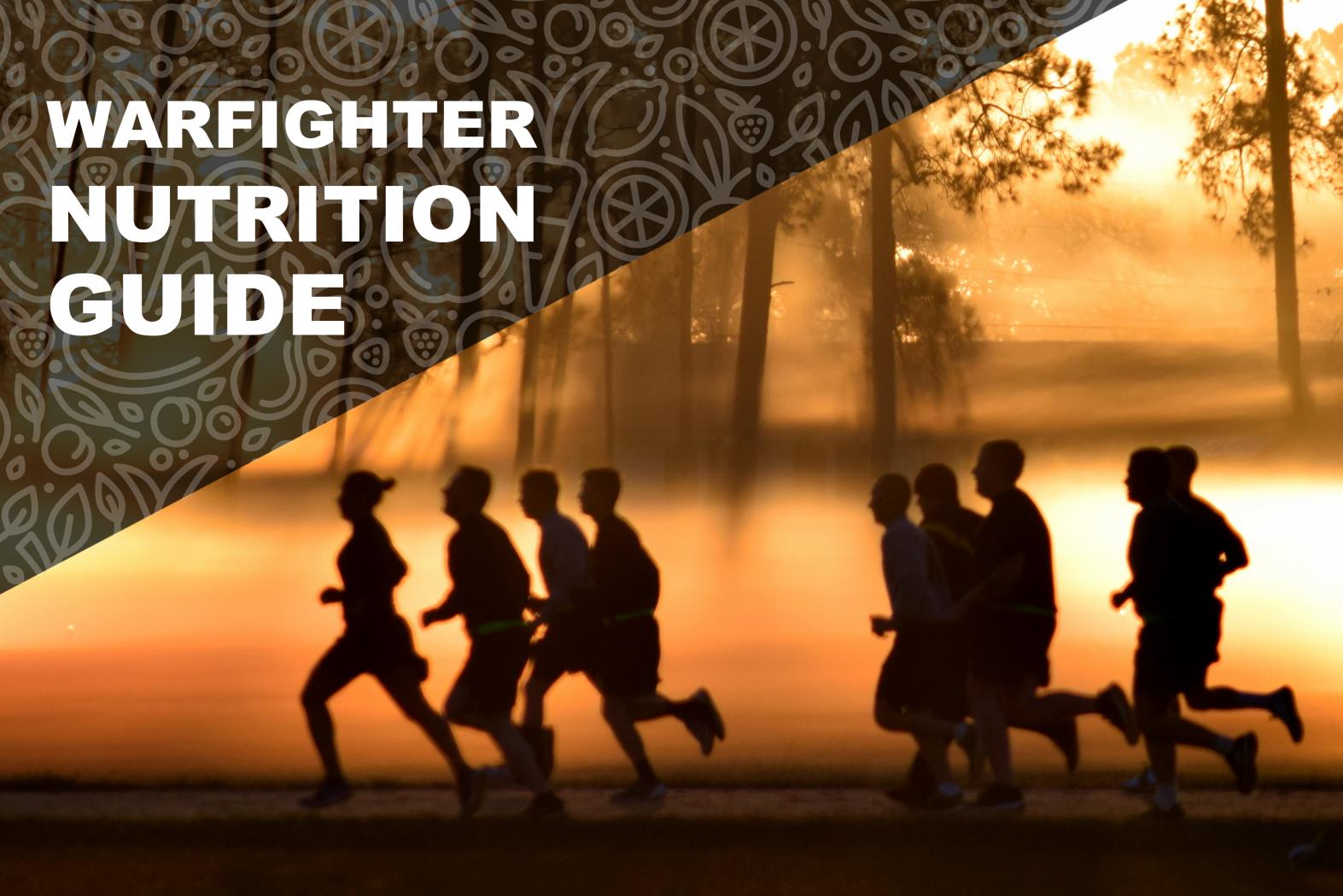- Academy of Nutrition and Dietetics, Dietitians of Canada, & American College of Sports Medicine. (2016). Nutrition and athletic performance. Medicine & Science in Sports & Exercise, 48(3), 543–568. doi:10.1249/MSS.0000000000000852
- Garthe, I., Raastad, T., Refsnes, P. E., & Sundgot-Borgen, J. (2012). Effect of nutritional intervention on body composition and performance in elite athletes. European Journal of Sport Science, 13(3), 295–303. doi:10.1080/17461391.2011.643923
- Karpinski, C., & Rosenbloom, C. A. (2017). Sports Nutrition: A Handbook for Professionals (6th ed.). Chicago: Academy of Nutrition and Dietetics.
- Maughan, R. J. (Ed.) (2014). The Encyclopaedia of Sports Medicine: Sports Nutrition (Vol. 19). Chichester, UK: John Wiley & Sons Ltd.
- Piacentino, D., Kotzalidis, G. D., Casale, A. d., Aromatario, M. R., Pomara, C., Paolo Girardi, & Sani, G. (2015). Anabolic-androgenic steroid use and psychopathology in athletes. a systematic review. Current Neuropharmacology, 13(1), 101–121. doi:10.2174/1570159X13666141210222725
- Trenton, A. J., & Currier, G. W. (2005). Behavioural manifestations of anabolic steroid use. CNS Drugs, 19(7), 593–595. doi:10.2165/00023210-200519070-00002
10 Fuel for Your Optimal Performance Weight
Key Points
- Look at your current eating habits to help maintain your optimal performance weight.
- Visit a Registered Dietitian for personalized help with your performance nutrition plan.
- Getting enough protein, calories, and strength training is essential for building muscle and strength.
- Anabolic steroids are illegal and not permitted for use by Warfighters.
Warfighters must be in excellent physical condition to endure arduous physical tasks for extended periods. Military missions and training also require strength. This chapter covers sound nutritional practices to enhance regular physical training and enable Warfighters to reach and maintain optimal performance weight and muscular fitness.
Getting lean
For some Warfighters, injury, stress, lack of time, frequent travel, or other reasons might contribute to a higher-than-optimal weight. If you’re one of them, it’s important to find what’s contributing to your weight gain or your inability to lose weight. It’s most likely a matter of how you eat. However, it’s also important to be realistic, because meaningful weight loss doesn’t happen overnight. It takes dedication to adjust your eating habits, portion sizes, food choices, physical activity, and stress management. In addition, you’re more likely to maintain lean muscle mass and performance if you lose no more than 1% of body weight per week.1 Overall, taking in fewer calories plus burning more calories adds up to weight loss.
If you’re working to achieve your optimal weight, assess your current habits and make sure portion sizes and food choices are right for your activities and weight goals. Track your food intake, as discussed in Chapter 2. This can help especially if you’ve hit a plateau in your weight loss. It’s easy for old habits and poor food choices to creep back into your lifestyle, so just remember to go back to the basics: Focus on an eating plan that consists of nutrient-rich, lean sources of protein—including fish, poultry, beans, nuts, and dairy products—and incorporate whole grains, fruits, and vegetables. Keep in mind that beverages can add calories too. Stick to water, low-fat milk (or soy milk), and unsweetened beverages with and between meals to stay hydrated. Sugar-sweetened beverages such as soda, sweet tea, and juice can add too many calories and interfere with your healthy eating goals. Finally, look at your portion sizes: Even small increases in portion sizes can add up and result in weight gain.

Since each body’s nutrition needs are unique, consider making an appointment with a Registered Dietitian (RD) or Registered Dietitian Nutritionist (RDN) for personalized recommendations and assistance with meal plans. Visit HPRC’s Fighting Weight Strategies for more resources to help you achieve your optimal weight for performance.
Bulking up (muscular fitness)
Military missions and training require muscular strength and endurance. In order to increase your strength and build your muscles, it’s important to do well-rounded resistance training, which includes both endurance and strength training. Improving muscular fitness enhances physical condition, builds functional strength, and allows you to perform and complete strenuous missions. And if gaining weight is your goal, then it’s best to do so with muscle, not fat. The appropriate strength-training program combined with a well-planned nutritional strategy can help optimize your performance and prevent musculoskeletal injuries too. Strength training also reduces your risk of injury from aerobic endurance training, and it can boost your speed with tasks requiring short bursts of activity.
Machines and bodyweight exercises are great for beginners because they’re easier to learn and require less technique. For more experienced lifters, a combination of free weights and machines is ideal for building muscle mass. Another thing to consider is the number of muscles involved in the motion of each exercise. The more joints and the larger the muscle group involved, the better. For example, an exercise that involves the ankles, knees, and hips is better than one just involving the ankles.
In general, aim for 2 or 3 days each week of resistance training for each large muscle group. Make sure you’re progressing your workouts at appropriate intervals as well. If you continue to do the same thing without pushing your body beyond what it’s used to, you won’t see any progress. Add more weight or intensity to your workout. Or create a periodization program. Remember to include rest days (48 hours) between bouts of resistance training for each major muscle group to allow for recovery and avoid putting yourself at risk of burnout or injury. Resistance training can be performed on a daily basis so long as you don’t work the same major muscle group on consecutive days. Rest days and sleep are also critical for muscle growth. Rest actively by choosing lighter-intensity exercise or a different modality, such as walking, biking, or yoga.
Nutrition requirements
The most effective method to increase your muscle mass is to accompany strength training with a positive nutritional energy balance.2 If your nutrient intake is lacking as a result of poor meal planning and/or high operational tempo, skeletal muscle might be in a negative protein balance or a catabolic (breakdown) state. The timing and types of nutrients are critical for optimal muscle remodeling and growth. Appropriate nutritional interventions immediately after exercise and over the next 24 hours are essential to maintain and promote muscle mass. For more information about nutrient timing, read Chapter 9.
Protein requirements for building muscle
The protein needs of Military Service Members range from 0.8–1.6 g/kg (about 0.4–0.7 g/lb) body weight each day.1 You might need higher intake for a short time during intensified training or when reducing your energy (calorie) intake.1 (See Chapter 3 to learn more about protein.) Many Warfighters believe that more protein is better. However, eating more protein than the established recommendation doesn’t provide any additional benefit.3 In addition, if you consume excess protein, you are likely eating less of another essential macronutrient (carbohydrate or fat) to make room in your eating plan for the protein.4 Because carbs are your body’s preferred fuel source for performance, under-fueling with carbs can be detrimental to your performance.
You can meet your protein needs through intake of whole foods such as lean meats, poultry, fish, beans, nuts, eggs, and low-fat dairy. Whole foods provide other essential nutrients that protein powders and supplements lack. However, protein powders are sometimes acceptable when high-quality protein foods aren’t available or practical. In general, a properly balanced eating plan can meet your protein needs effectively.
For some Warfighters, it can be challenging to eat enough to gain weight and build muscle. Use these tips to help add more calories and protein to your eating plan.
- Eat more often. Plan to eat or drink something every few hours, especially after your workout. Be sure to keep snacks on hand—at work, in your bag, and at home—for convenient bites between meals. You can make your own trail mix to have on hand wherever you go.
- Consume protein-rich foods. Protein is essential to build and repair your muscles. The best sources of protein are simply whole foods such as lean meats, poultry, fish, beans, nuts, eggs, and low-fat dairy. Try to add a source of protein to every meal and snack. You can use HPRC’s article about protein requirements to calculate your individual protein needs based on body weight and activity level.
- Try smoothies, shakes, or soups. Liquids can be an easy way to load up on calories in a small volume. Add Greek yogurt, milk or soy milk, powdered milk, flaxseeds, or chia seeds to your smoothies, shakes, and soups for calories and protein.
- Add healthy fats. These are good for your heart and pack a lot of calories in a small amount of food. They’re also versatile and can be added to almost any meal, snack, or drink. Use avocado or nut butter in sandwiches or smoothies, and add a little extra olive oil, canola oil, or oil-based spreads in your meal preparation.
Anabolic steroids
Some Warfighters looking to build muscle and strength turn to anabolic steroids or dietary supplements. Anabolic steroids include testosterone and artificial compounds designed to behave like testosterone, the primary androgenic (“masculinizing”) hormone that enhances male attributes, including muscle mass. They’re used to enhance performance and improve physical appearance. However, anabolic steroids are classified as “controlled substances” and are regulated by the U.S. Drug Enforcement Administration (DEA). They’re illegal to purchase, use, or possess without a prescription; they’re banned by most athletic associations; and they’re prohibited for use by Military Service Members. However, they sometimes are found in products marketed as dietary supplements, so it’s important to read labels carefully and use only products that have been tested by a reputable third-party organization to ensure there are no “hidden” ingredients. Warfighters who use such substances (intentionally or unintentionally) might test positive for anabolic steroids on a DoD drug test.
Adverse effects of steroids
Anabolic steroids, whether taken alone or in combination with other performance-enhancing substances (“stacking”), can have short- and long-term effects.5-6 These include physical, psychological, and behavioral adverse side effects. Using anabolic steroids disturbs your regular production of testosterone, which might persist for months after discontinuing use. Some steroid users become addicted to them and experience withdrawal effects such as fatigue, mood swings, sleep problems, and decreased sex drive when they stop. For more information about anabolic steroids, visit the National Institute on Drug Abuse web page.
For information about dietary supplements and other “performance-enhancing” substances, including ones not permitted for use and ones that might be health risks, read Chapter 12.
Published on: November 8, 2018





